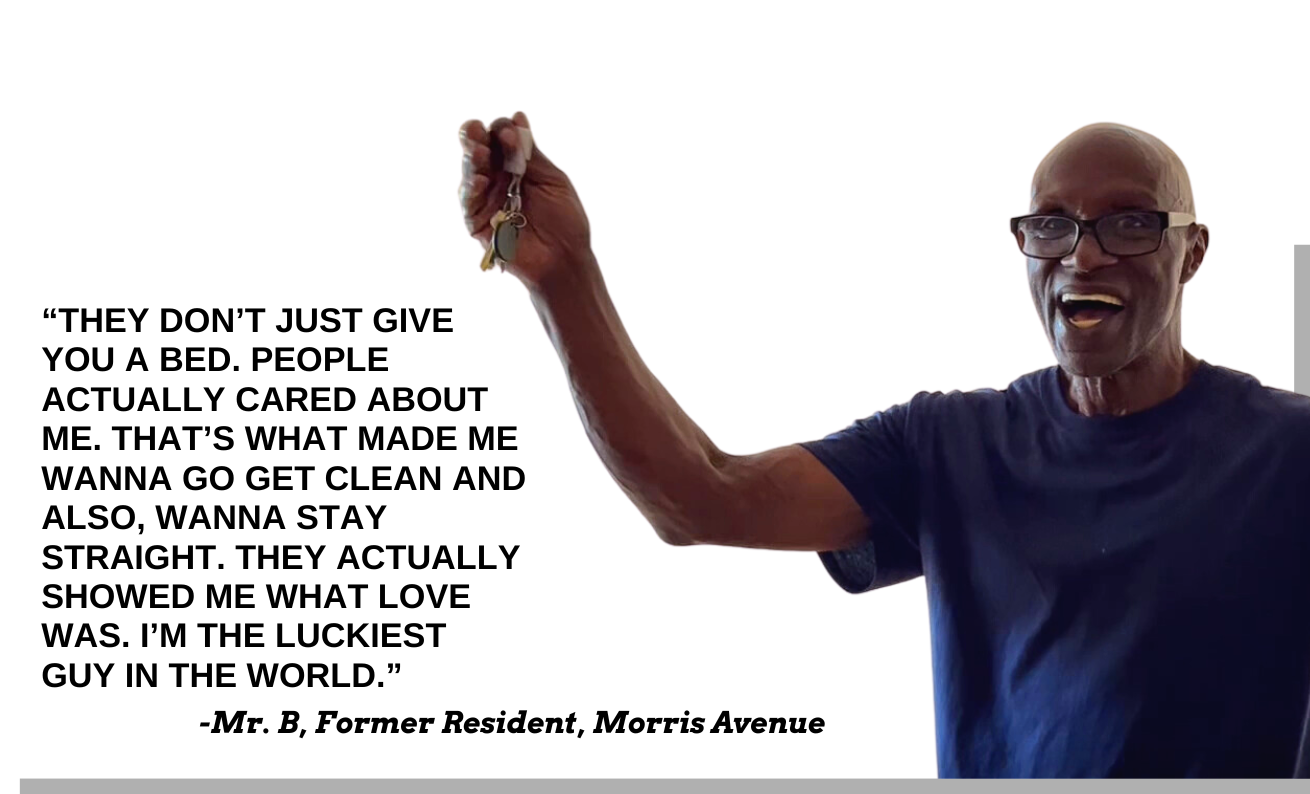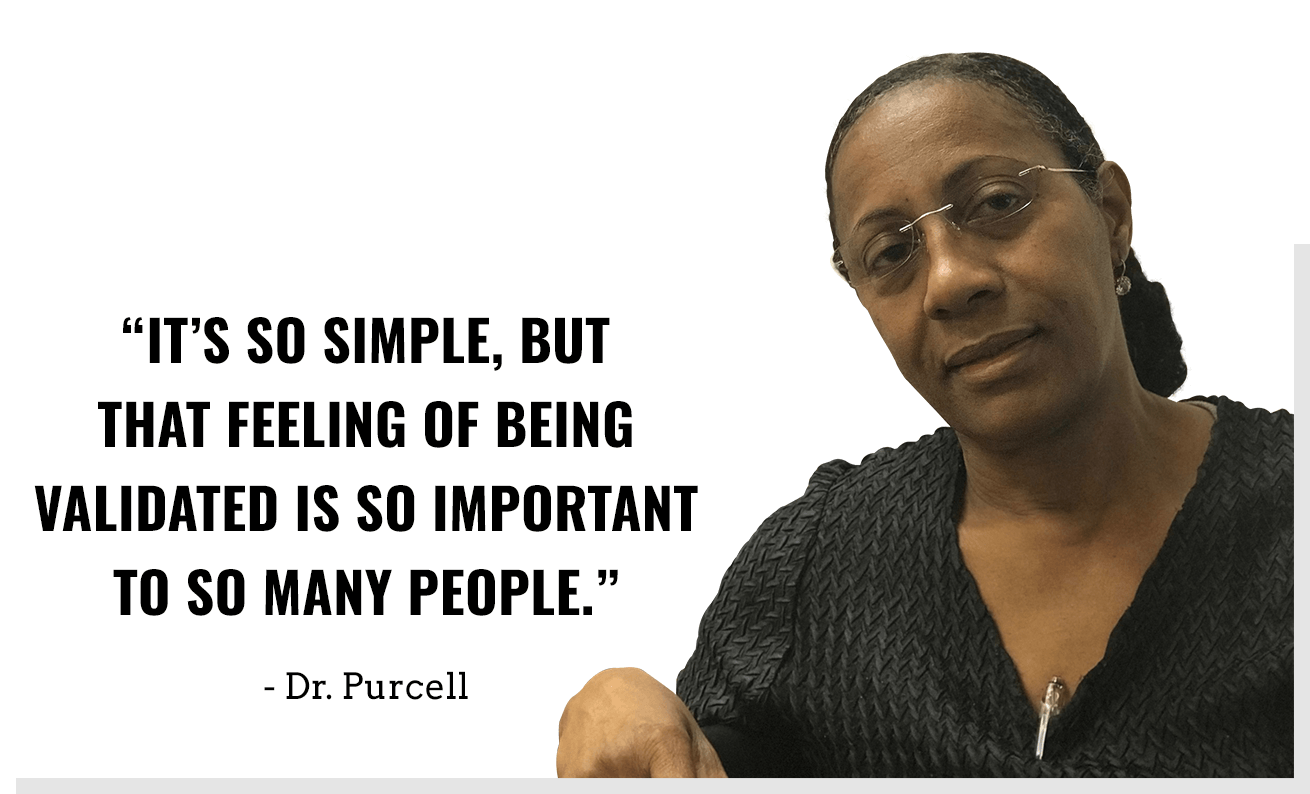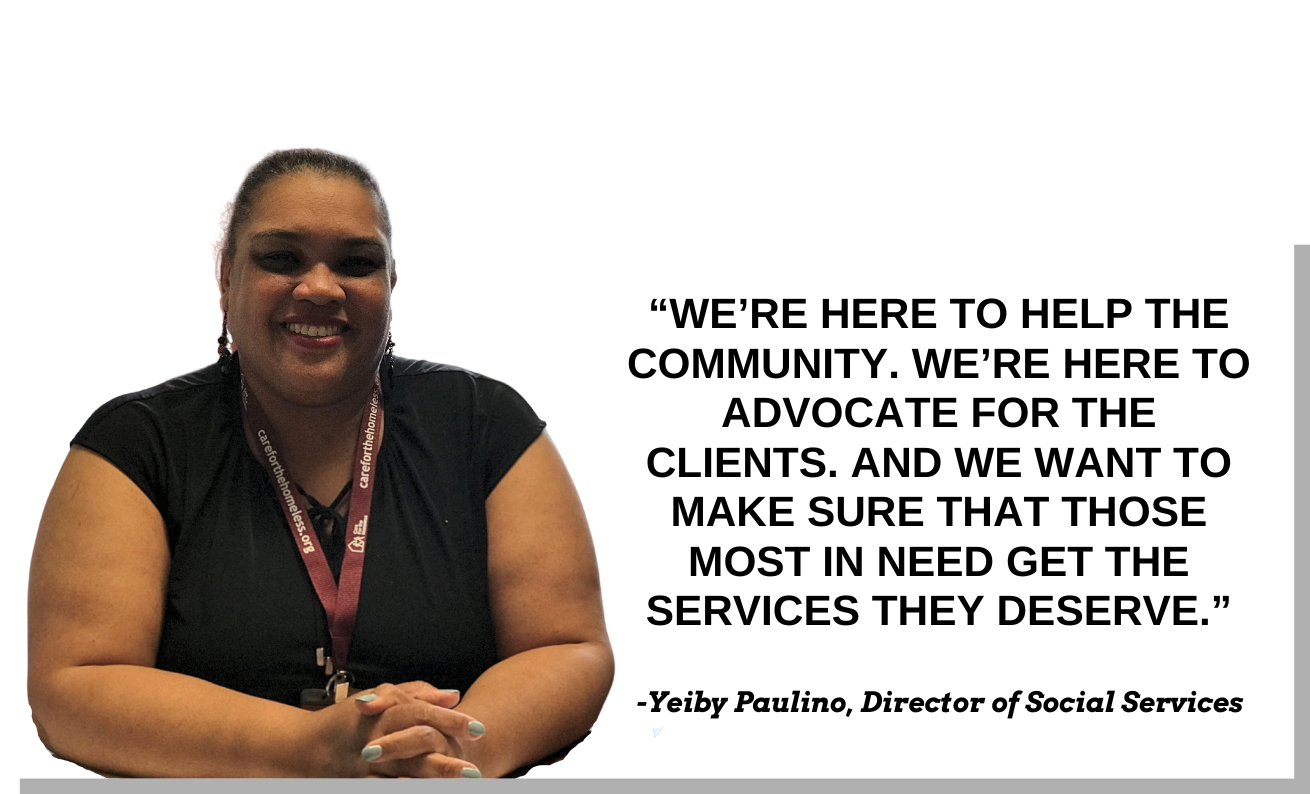The Link Between Health Care and Social Needs
A recent study by university-based investigators and the New York City Center for Innovation through Data Intelligence (CIDI) focused on the impact of emergency departments (ED) visits/ hospitalizations immediately preceding and immediately after shelter entry. The study, “When Crises Converge: Hospital Visits Before and After Shelter Use Among Homeless New Yorkers”, was conducted in NYC as it has the nation’s largest municipal shelter system and one of the largest homeless populations in the nation. The goal of the study was to identify any trends that could inform health care providers and homeless service providers on possible points of intervention to prevent someone from becoming homeless. It also gives insight in to the adverse health consequences of housing instability.
Researchers included only adults, defined as people eighteen and older, who were first time users of the New York City Department of Homeless Services (DHS) shelter system. If an individual had experienced more than one shelter stay during the study period, only the first stay was included. It was determined that in the year before shelter entry, 39.3 percent of first-time adult shelter users had an ED visit or were hospitalized before shelter entry and 43.3 percent in the year following shelter exit. Most striking, was that the number of hospital visits—particularly visits to the ED—began to increase in the months leading up to shelter entry, peaking on the day of shelter entry.
There are practical implications of the findings relevant not only to New York City but to other areas throughout the United States. The health care system is in the position to help prevent homelessness by tracking the number of ED visits in a set period of time, which can indicate housing instability. If ED visits are increasing over weeks it is possible that medical providers can work with social service organizations on interventions or intensive case management to help prevent first-time shelter use. The benefit to the individual, in terms of reduction of anxiety and stress can easily be imagined. The benefit to the hospital may include reduction in the amount of hospital visits, thus reducing costs to the hospital.
Hospitals should also take steps to ensure that patients have access to appropriate and accessible outpatient follow-up care upon discharge. Where a patient enters a hospital after having already lost housing, it is noted that shelters are often used as “defacto aftercare facilities” that show the gaps of the discharge system. Medical respite programs are offered as one alternative to discharge to a homeless shelter. Other alternatives need to be developed to meet the needs of the individual.
We at Care For the Homeless know how intricately linked health care and homelessness is. Health care systems are becoming more interested in addressing the social needs and health care needs of an individual and this study shows how interwoven they can be. Closer collaboration between these two systems is a benefit to both the individual patient and to the health care system in the future. Most importantly, this cross collaboration can have a significant impact in preventing homelessness, an important tool in the fight against homelessness.
Click Here to Download October 2019 Policy Matters Newsletter





